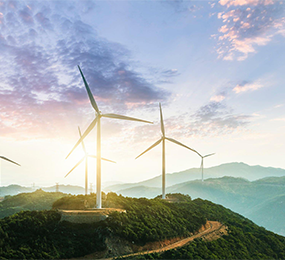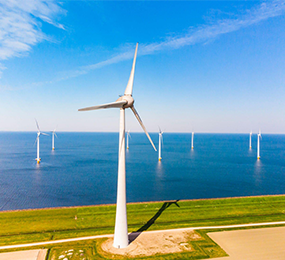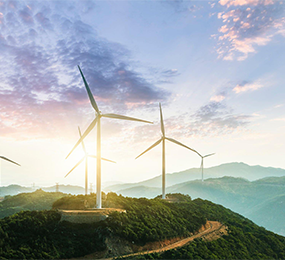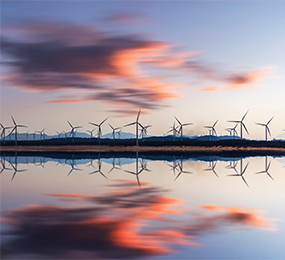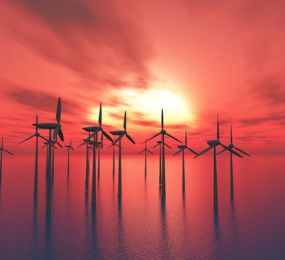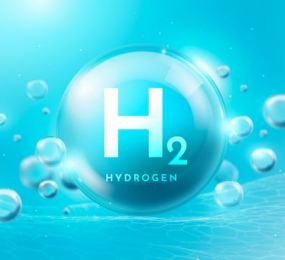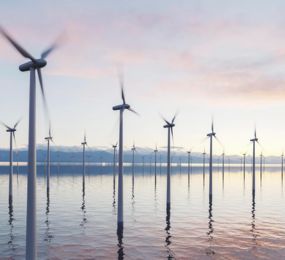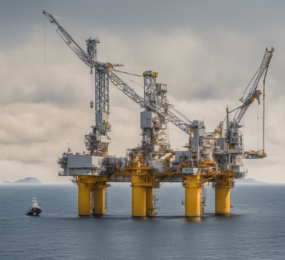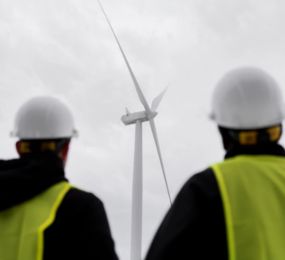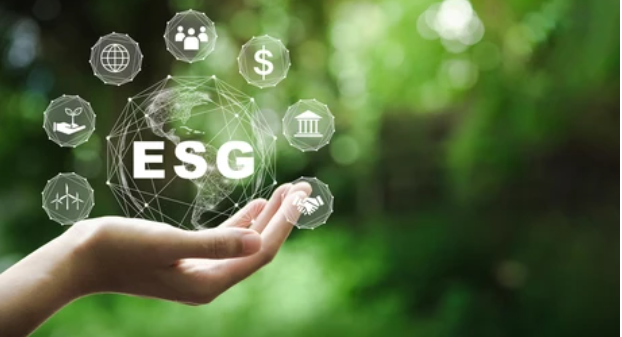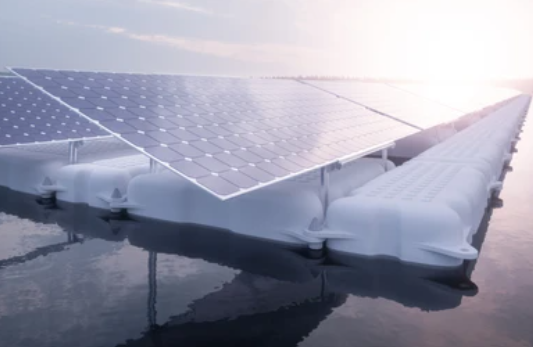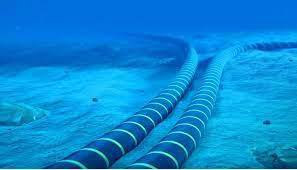The colossal turbines of offshore wind farms stand tall, harnessing the power of wind to generate clean energy. However, ensuring their optimal performance and longevity requires ongoing operations and maintenance (O&M) activities. While wind energy is undeniably a renewable source, these activities can pose potential environmental challenges. Striking a balance between clean energy production and environmental responsibility is crucial. Let's explore these challenges and delve into best practices for minimizing impact.
Protecting Marine Life:
-
Underwater Noise: Vessel noise and pile driving during turbine installation can disrupt marine mammal communication and migration patterns. Mitigation strategies include using quieter technologies, limiting activities during sensitive periods for marine life, and implementing noise reduction devices.
-
Habitat Disruption: Construction and cable laying can disturb seabed habitats. Careful site selection, minimizing seabed disturbance, and habitat restoration efforts can help mitigate these impacts.
-
Collision Risk: Rotating turbine blades pose a collision risk to birds. Utilizing bird detection radars, strategically placing turbines, and implementing shut-down protocols during periods of high bird activity can reduce this risk.
Minimizing Pollution Discharges:
-
Accidental Spills: Spills of oil, lubricants, and other contaminants can harm marine ecosystems. Implementing strict protocols for handling and storing hazardous materials, and using readily biodegradable alternatives, are essential.
-
Waste Management: Waste generated during O&M activities needs responsible management. Implementing comprehensive waste management plans, recycling opportunities, and proper disposal procedures are crucial.
Embracing Sustainable Practices:
-
Innovative Technologies: Utilizing advanced technologies like drones for inspections and remote monitoring can minimize the need for physical interventions and associated environmental impact.
-
Collaboration and Research: Collaboration between the wind industry, environmental scientists, and regulatory bodies is essential for developing and implementing effective mitigation strategies.
-
Continuous Improvement: Continuous monitoring of environmental impacts and adapting O&M practices based on new findings are vital for minimizing ecological disruption.
The wind energy industry plays a critical role in combating climate change. However, responsible O&M practices are essential for ensuring a truly sustainable future for this clean energy source. By implementing effective mitigation strategies, continuously innovating, and prioritizing environmental protection, we can harness the power of offshore wind while safeguarding the delicate ecosystems that sustain us.
To register or learn more about the Forum please check here: https://www.leadventgrp.com/events/4th-annual-offshore-wind-operations-and-maintenance-forum/details
For more information and group participation, contact us: [email protected].


